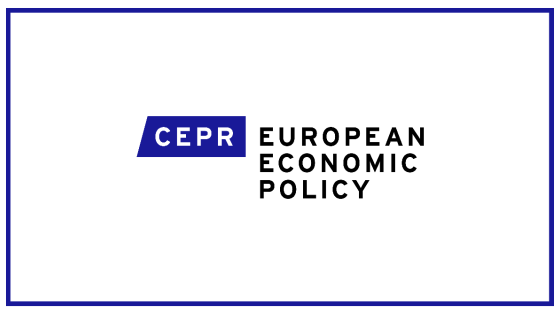Europe’s economic policy architecture is shaped by a set of rules enshrined in the EU Treaties. These rules define obligations, as for the freedom of movement of goods, services, capital and labour; they set limits, such as for fiscal space and competition-distortive state interventions at the national level, and as regards the prohibition of deficit financing at the EU level; they specify mandates for common institutions, such as the ECB; and they define decision-making procedures, such as the requirement of unanimity for whatever concerns taxation. The resulting codification of economic policy-making is much more extensive than common practice within typical federal states and the treaty status of a large number of provisions, whose amendment therefore requires consensus, results in a high degree of stability, but also of rigidity.
This policy architecture, impressive at it is, has evolved pragmatically in response to a series of challenges – fiscal concerns, the financial crisis, the euro crisis, the pandemic shock – through amendments to the secondary legislation and out-of-treaty additions. But the treaty itself has remained largely unchanged since the 1992 Maastricht Treaty. For three decades now (abstracting from the relatively secondary amendments brought in 2007 by the Lisbon Treaty, and then again in 2011 by the addition of a provision on conditional assistance), policy learning and policy adaptation has taken place within the confines of the same rules. Major policy shifts such as the creation of banking union have relied on innovative interpretations of existing clauses, hence a fairly narrow legal base.
The same logic has applied to the response to the pandemic shock. In substance, the NGEU initiative has broken with long-established taboos and it represents a major policy innovation. But legally, it rests on a complex and convoluted interpretation of existing provisions.
The outcome of this history is a legal architecture whereby policy is in some fields set in great details by an international treaty, while entire policy planks or even domains have been developed without their fundamental principles being formulated in the Union’s fundamental legal text.
As the EU emerges from the pandemic, it seems to be the right time to take stock of where we are with respect to EU economic policy system, and what we can expect in the future, when new challenges arguably larger than the pandemic will have to be tackled. To give an example, rapid climate change will pose an extraordinary challenge to the production of European and global collective goods. Discussions that were interrupted by the pandemic, such as on the reform of the fiscal framework, will need to be restarted and likely reframed.
The seminar will take a pragmatic and constructive view at the EU economic policy architecture in light of these challenges. it will assemble a small group of economists and EU lawyers to address the following two questions:
1. How legally stretched is currently the EU? Is the treaty a sound basis for the policies that are being developed (banking union, financial assistance, the OMT, NGEU) or is the EU getting close to danger zone? Can further initiatives in these fields be envisaged within the confines of the current legal framework?
2. What are the legal reforms that would be required for the EU to “complete EMU”? Could the ambitious policy reforms in the fields of banking union, monetary policy, fiscal rules, and
common budgetary initiatives that are needed to strengthen the EU economic, financial and monetary policy system be carried out through legislative procedures or would treaty amendments be needed ? Would a more comprehensive overhaul of the legal architecture be required to ensure legal certainty and legitimacy?
The organisers will contribute a framing paper that will serve as a basis for the discussions. Specific topics will be briefly introduced by co-authors of the framing paper and by two discussants, one from the economic side and one from the legal / political science sides.



